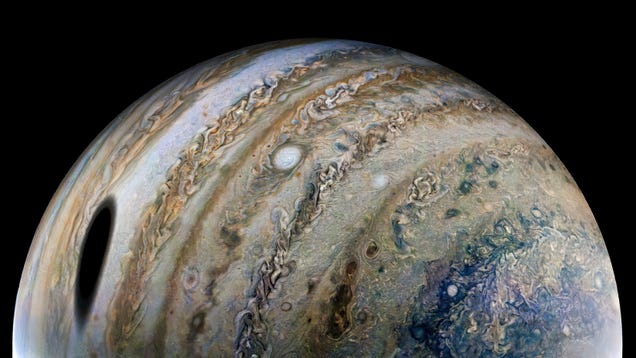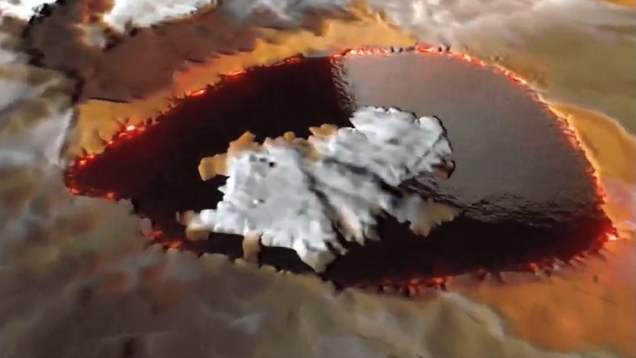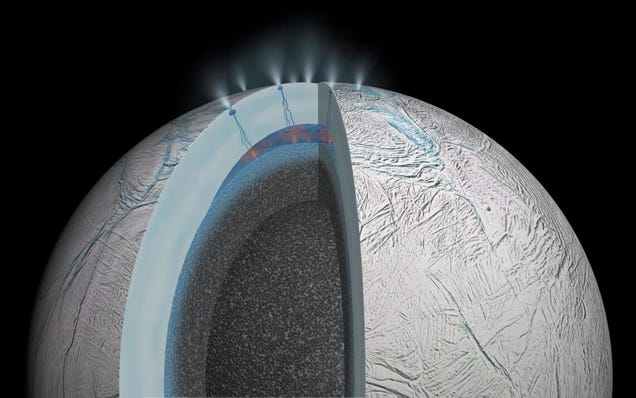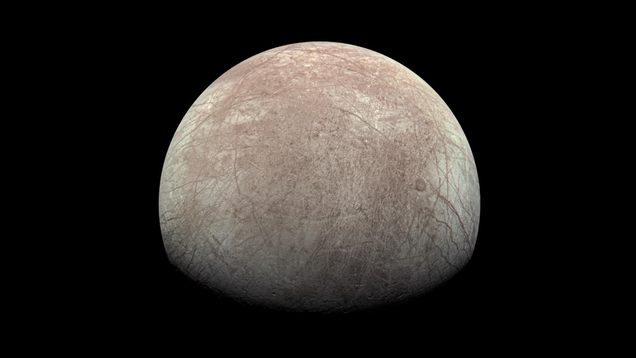NASA TV

On September 29, 2022, NASA’s Juno spacecraft made its closest flyby of Europa, coming to within 220 miles (355 kilometers) of the Jovian moon’s frozen surface. The closeup view of Europa revealed incredible details of the moon’s chaotic terrain, which suggest that its icy crust is not where it used to be. The images…

Jupiter and its moons are a diverse and dynamic subdivision of our solar system’s neighborhood, one that NASA’s Juno spacecraft has been visiting since 2016. Besides hosting the system’s largest planet, at over 300 times the mass of our own planet, the Jovian system includes 95 known moons, the largest of which are…

Two recent flybys of Jupiter’s moon Io by NASA’s Juno spacecraft revealed a couple of stunning surprises: a remarkably steep mountain and islands in the middle of a burbling lava lake. The new findings were announced yesterday by Scott Bolton, the principal investigator of the Juno mission, at the European Geophysical…

Icy moons like Europa and Enceladus are exciting venues for the prospect of life beyond Earth, because they are thought to contain oceans of water beneath their frigid surfaces.

NASA’s Europa Clipper is launching in October, and it’s set to unveil the secrets of one of the most intriguing celestial bodies in our solar system. Coming along for the ride is a commemorative plate that symbolizes humanity’s fascination with Jupiter’s mysterious moon Europa and our relentless quest to find…
NASA / JPL-Caltech

Jupiter’s icy moon Europa produces plenty of oxygen every day, according to new findings based on data from NASA’s Juno spacecraft. The moon has long been of interest to astrobiologists because of the possibility that life could exist in its subsurface ocean.


